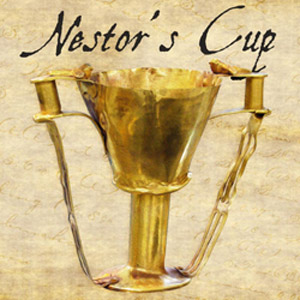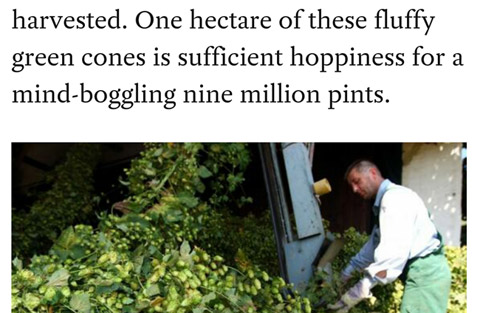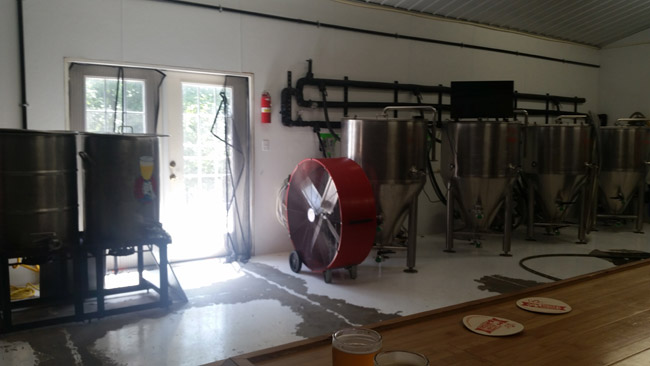MONDAY BEER, WINE & WALKING LINKS, MUSING, 09.19.2016
How the Denver beer scene made a German beer connoisseur realize he didn’t know much after all.
I sure hope there is a follow up from Fabian Reinbold, an editor at German magazine Der Spiegel and right now an Arthur F. Burns fellow at The Denver Post. In this article he writes mostly about beers themselves (within the context of his own palate). I’d really like to read his observations about the settings where they were consumed. [Via Denver Post]
The curious case of sports writers who switch to wine.
[Via Columbia Journalism Review]
Craft Beer and Writing? Not the Unusual Pairing You Imagine.
[Via University of Kentucky News]
I saved the Columbia Journalism Review article a while back because I intended to write about storytelling and selling beer. But because I just did a reset on the mission statement here (which restricts navel gazing to Mondays) and because I want to repeat, while you still have time to make plans, that you’ll have a great time if you head to Lexington for Craft Writing: Beer, The Digital and Craft Culture now seems like the time to consider what the CJR story has to say about writing about sports and writing about alcoholic beverages.
 This press release from Avery Brewing in Colorado just landed in my inbox:
This press release from Avery Brewing in Colorado just landed in my inbox:
